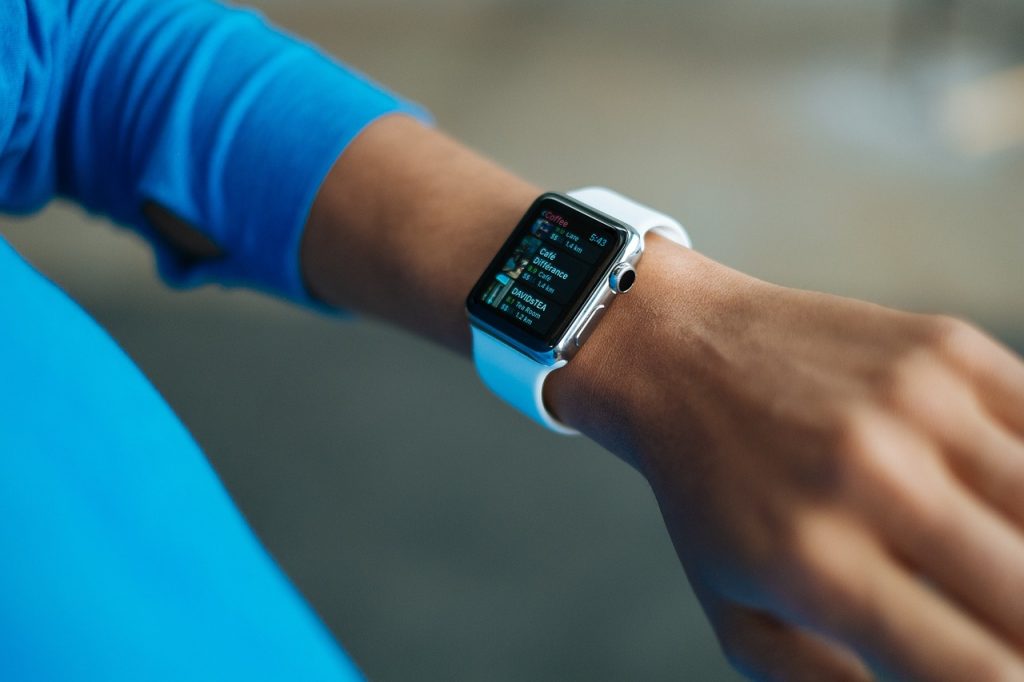Fitness Trackers Are Becoming Medical Devices
Fitness trackers may soon be able to replace medical devices.
This article is more than 2 years old

Hailing from Ohio, Bill is a 31-year-old engineer who has struggled with anxiety for most of his life. In late 2020, he made a decision to purchase and use the fitness tracker known as Fitbit Sense. He reasoned that being able to obtain an electrocardiogram (ECG or EKG) readout when he sensed something odd, such as heartburn or an accelerated heartbeat, would convince him that he was healthy.
Bill, on the other hand, became even more concerned and anxious after his fitness tracker gave him inconclusive ECG results. When a person receives an inconclusive result, this does not necessarily mean the wearer has a health problem; it simply means the gadget was unable to obtain an accurate reading. Fitbit explains on its website that this can happen if there is too much movement during the scanning process or if the wearer’s heart rate is too high or low.
The Fitbit Sense and comparable fitness trackers, such as the Apple Watch, aren’t meant for medical diagnosis, as the manufacturers make clear. Smartwatches and fitness bands, on the other hand, can now track metrics like blood oxygen saturation and body fat estimates. These metrics are ones that used to necessitate a trip to the doctor or the use of specialized medical instruments.
It’s useful to understand why firms experiment with new metrics in the first place, especially if all of the data needed to contextualize the results isn’t available. A fitness tracker, for example, has no way of knowing if the wearer was up all night partying with friends or preparing for a test. Knowing this type of background information is crucial because both scenarios have different effects on one’s general health. Additionally, it’s tough to create new features that make sense of health data without a large amount of data to begin with.
Wearables are much more than activity fitness trackers these days, but they’re not, and aren’t attempting to be, a replacement for medical care. Yet in addition to Bill, some tech product reviewers have been perplexed by health readings from wearable devices, particularly when it comes to newer metrics like blood oxygen levels or body fat projections. Other additional measurements, such as blood oxygen readings, haven’t even obtained US Food and Drug Administration approval for either the Apple Watch or the Fitbit Sense, making it unclear as to how users should use the data.

Smartwatches and fitness trackers have become more sophisticated over time, and their place in our lives has shifted accordingly. Wearables have evolved into a vital companion for a person’s health care provider due to their evolving role. Fitbit devices, for example, can assist track body changes over the course of the day.
Amazon, like other corporate behemoths such as Apple and Google, has major plans in the health sector. In late 2021, Amazon released the Halo View, a new fitness tracker. In 2022, it will provide a nutrition service for the Halo app. Amazon’s body fat scanner’s long-term goal is to provide Halo users with an accurate record of their body composition over time, which they may share with their doctor.
Companies in the tech and medical industries aren’t sure what the next step of health and fitness trackers on the wrist will include just yet. But making sense of all those data pieces will undoubtedly be a difficult aspect of answering that question. And it’s clear to see that Fitbit is curious to learn about the relationship between physical and mental health, as well as how the two may interact.
Despite some reservations about the transparency of fitness trackers and new metrics, health professionals at CNET spoke with optimism about the industry’s growth. Even Bill, the Ohio engineer who was worried about ambiguous ECG results, readily resumed wearing his Fitbit after a brief hiatus. He still enjoys tracking his activity and sleep, though he stated that the next time he upgrades his gadget, he will not purchase a model that includes ECG functionality.







